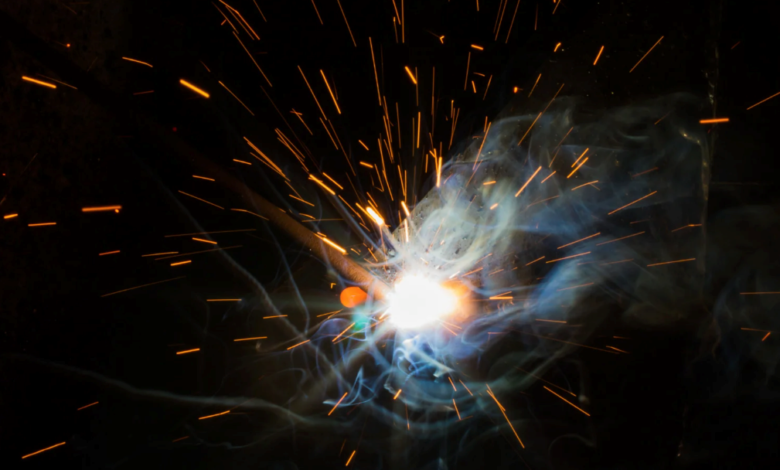A Beginner’s Guide to Understanding Fume Extraction Systems

Whether you’re working in a fabrication shop, electronics lab, or laser engraving facility, maintaining clean air is essential. Many industrial processes release hazardous fumes and fine particulates that can be harmful to both workers and equipment. A fume extraction system is designed to capture and filter these airborne contaminants before they spread throughout the workspace.
For beginners, understanding how these systems work, and why they matter, can make all the difference in setting up a safe and efficient working environment.
What Is a Fume Extraction System?
A fume extraction system is a ventilation and filtration unit that captures fumes, vapors, smoke, and particulates produced during processes like welding, soldering, chemical handling, or laser cutting. These systems use suction to pull contaminated air through one or more filters, often including HEPA and activated carbon filters, before returning clean air into the space.
They’re commonly found in manufacturing floors, dental labs, and medical device facilities, anywhere precision work involves the release of fine airborne particles.
See also: Integrating Smart Home Technology in Modern Custom Builds
Why It Matters: Health, Compliance, and Efficiency
Fume exposure can lead to respiratory issues, eye irritation, and long-term health risks if not properly managed. These systems aren’t just a luxury, they’re often required by safety regulations to keep air quality within acceptable thresholds. The benefits of fume extraction systems go far beyond regulatory compliance. They contribute to a healthier work environment, reduce cleaning and maintenance needs, and protect sensitive equipment from residue buildup.
In industries where fine particles or chemical fumes can interfere with materials or processes, proper filtration helps ensure consistent output and reduced rework.
Types of Extraction Systems and Where They’re Used
There are several types of extraction systems, each suited to specific tasks. Portable units work well for small workspaces or changing job sites, while wall-mounted or ducted systems are better for fixed stations or larger facilities. The design you choose will depend on the process, the volume of emissions, and how frequently the equipment is used.
For laser-based operations, soldering lines, or cleanroom environments, a system with multi-stage filtration and variable airflow control is often the best choice.
Understanding your operation’s needs is central to choosing the right fume extraction system, from airflow requirements to filtration capabilities and noise levels. Selecting a system that aligns with your processes helps maintain safety and operational continuity.
Installation and Maintenance Considerations
Installation should account for placement, duct routing (if applicable), and proximity to emission points. A poorly placed unit might lose efficiency or cause airflow dead zones. Regular maintenance, such as filter replacement and system inspections, is also essential to keep the system functioning optimally.
Choosing a model with indicator lights or alarms for filter changes can help avoid downtime and ensure performance doesn’t degrade unnoticed.
Conclusion
Understanding and implementing a proper fume extraction system is a foundational step in creating a safe and efficient workspace. Whether you’re running a small workshop or a high-volume production facility, clean air supports not only compliance but also productivity and equipment longevity. Taking time to learn your options and select the right setup ensures your workspace is healthier, safer, and better prepared for long-term success.




